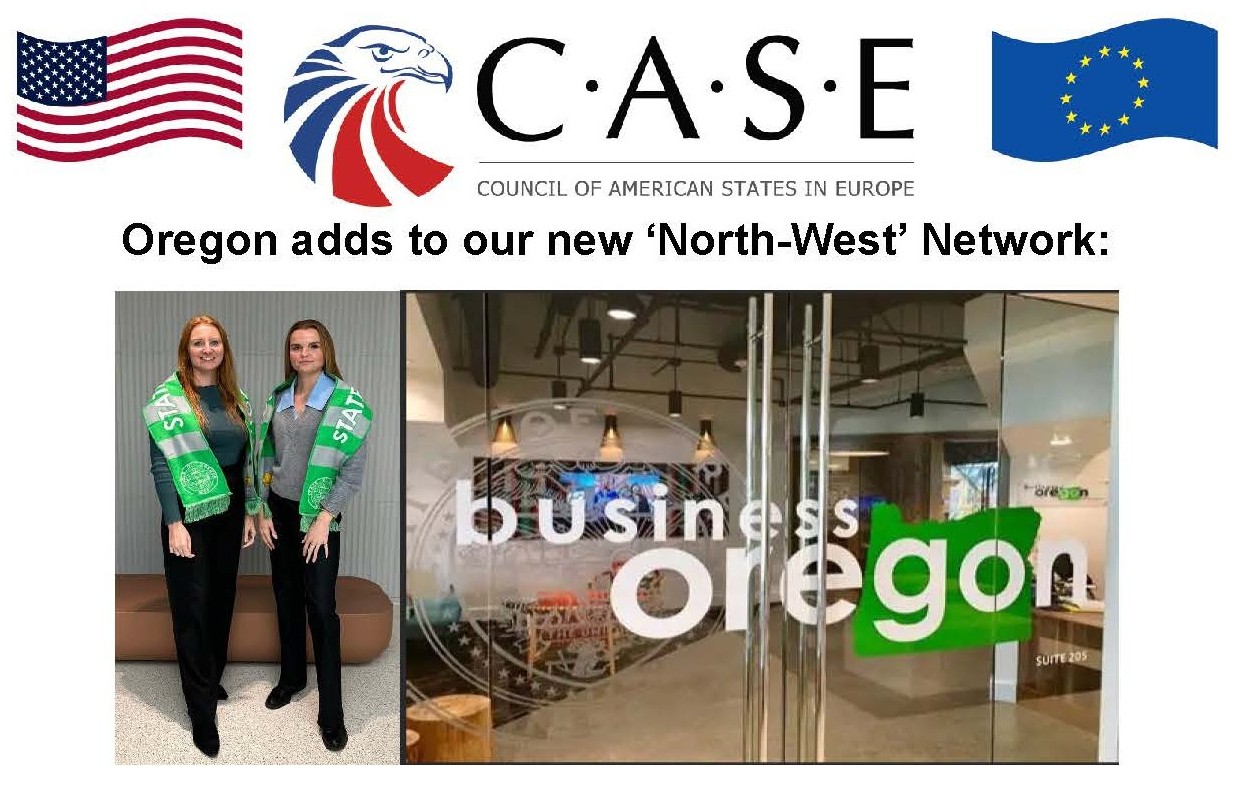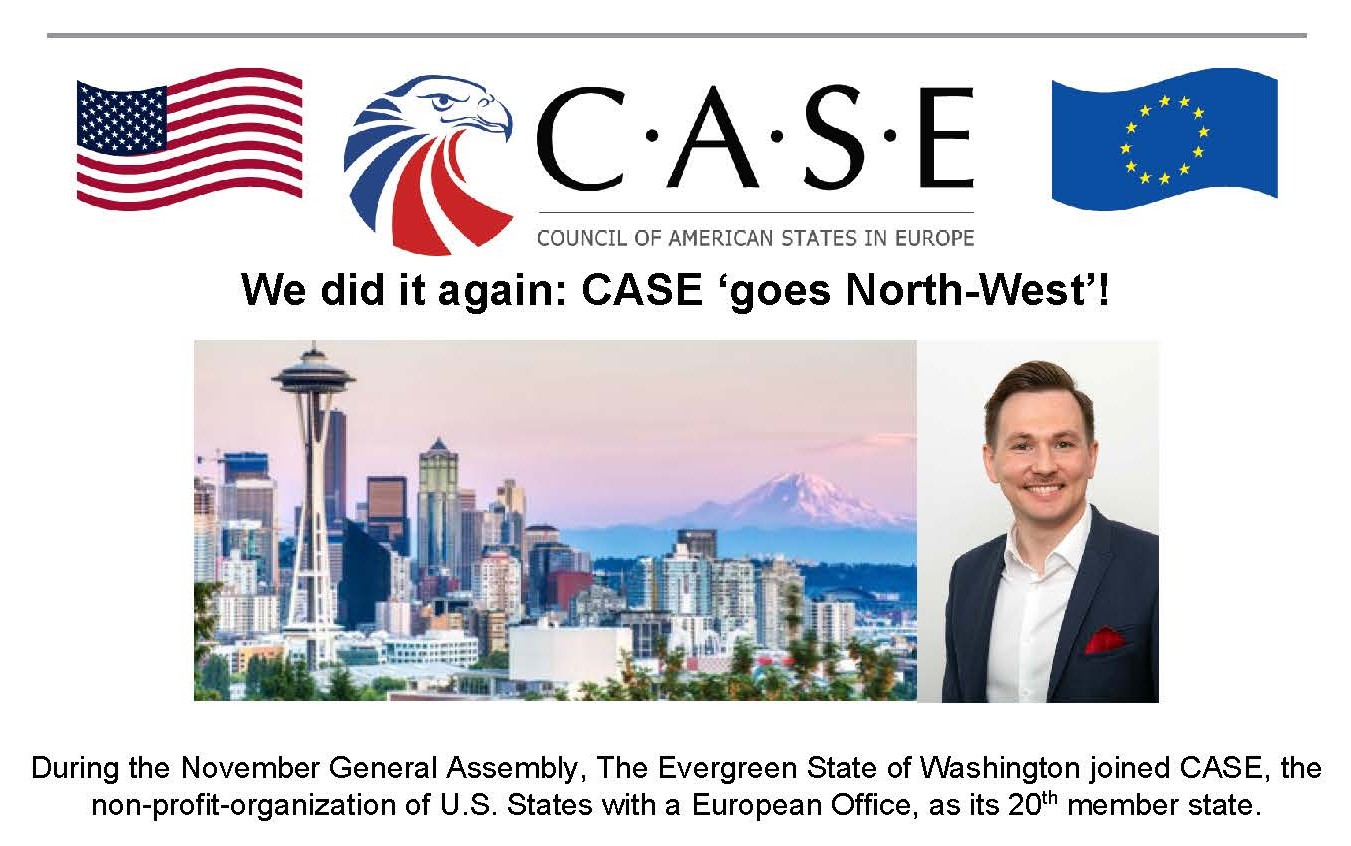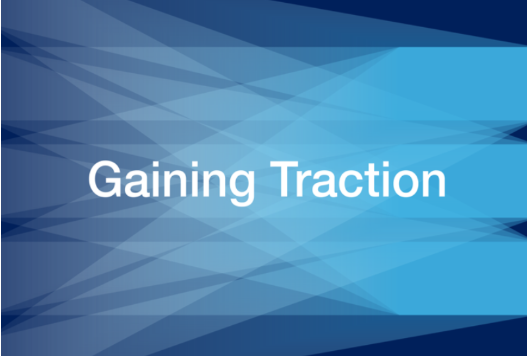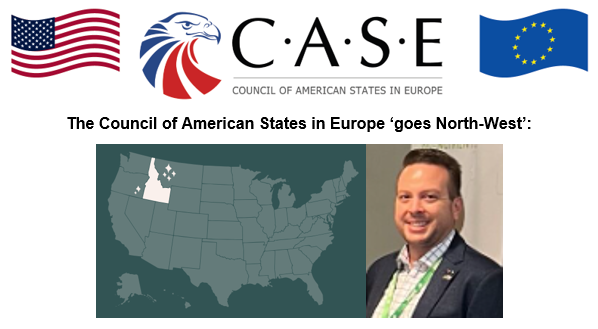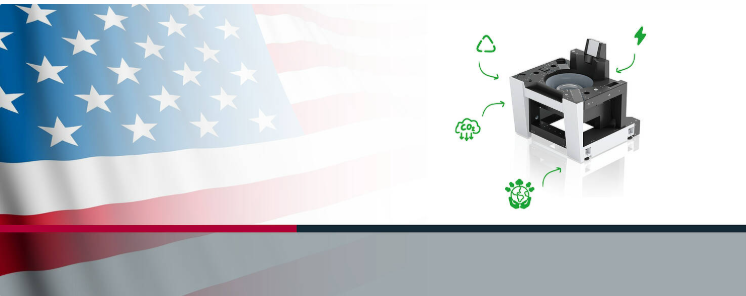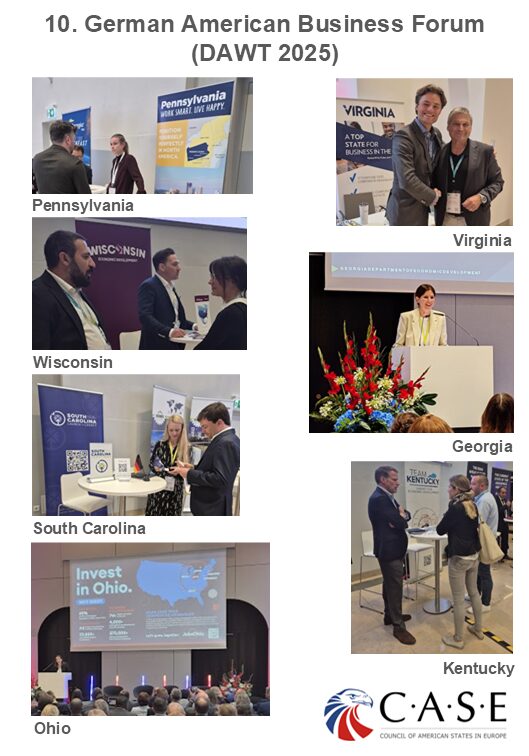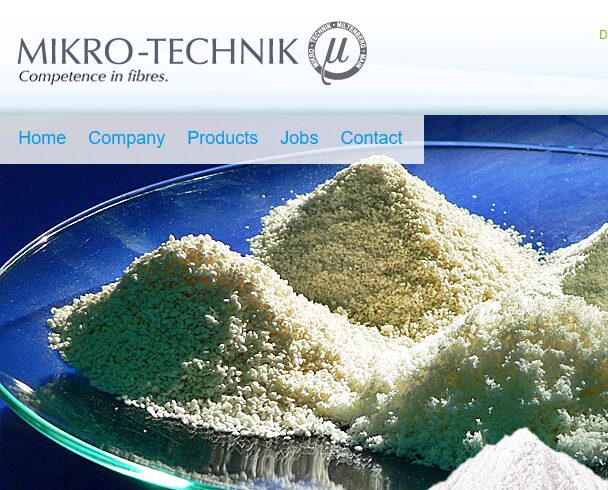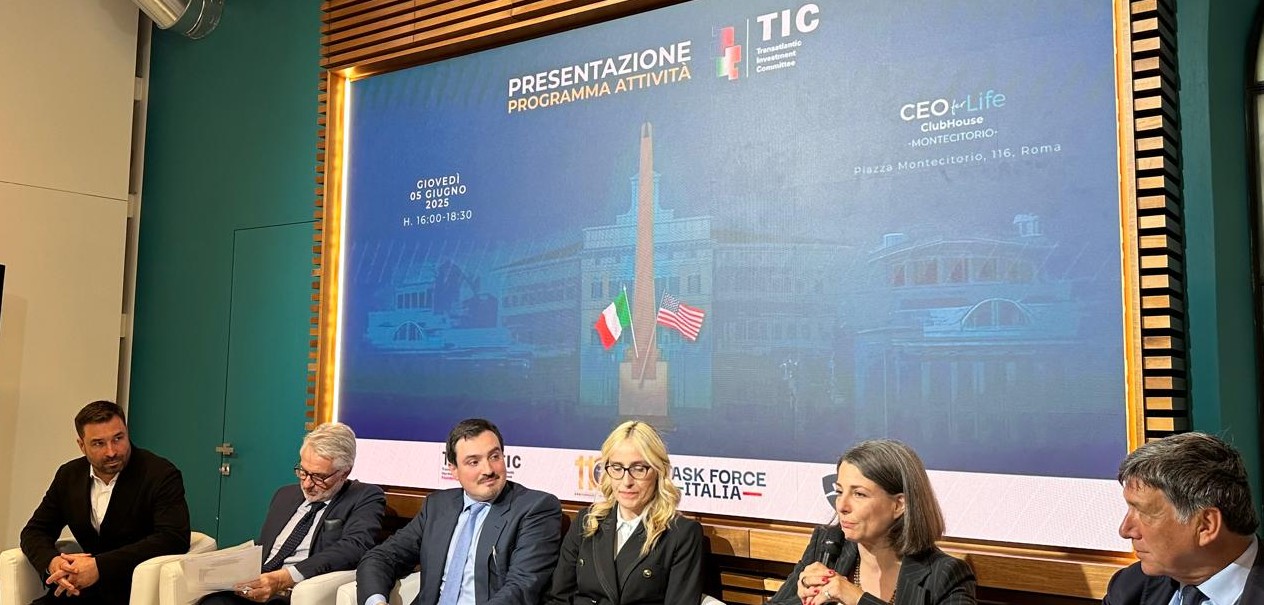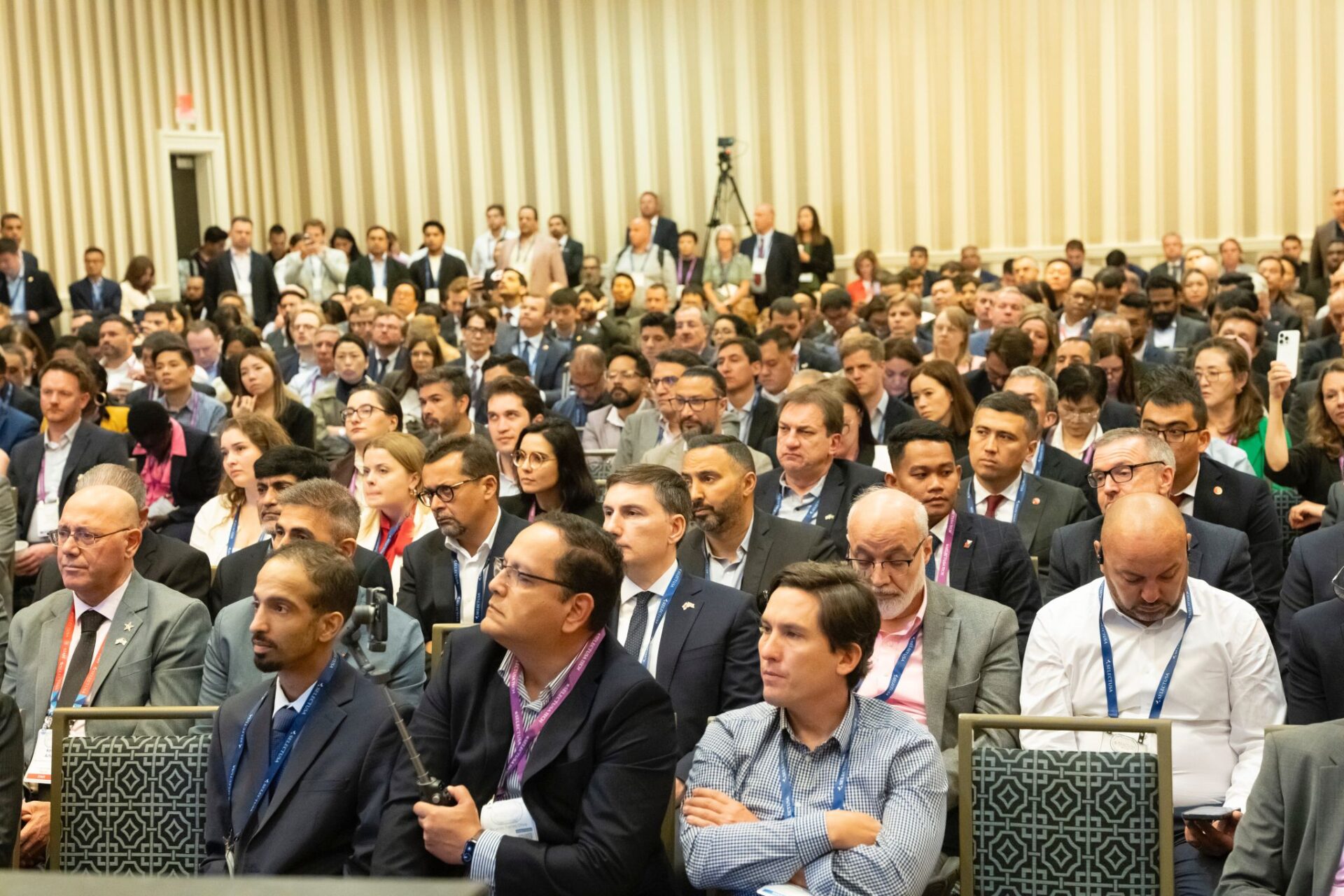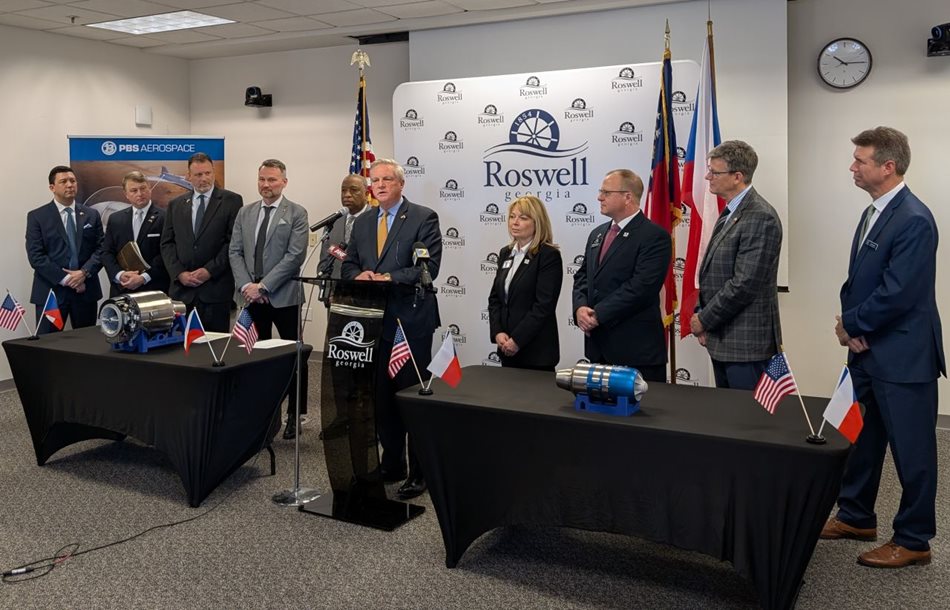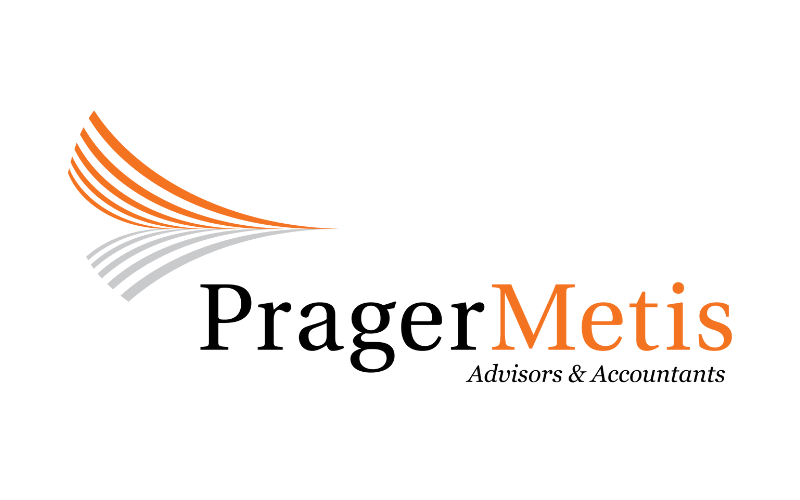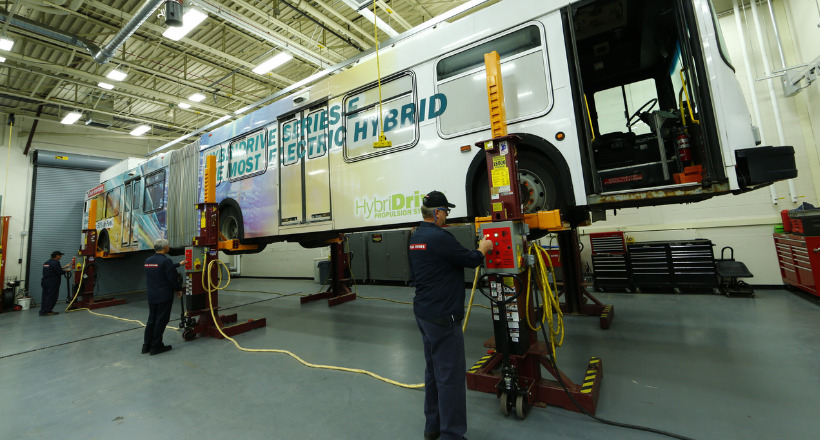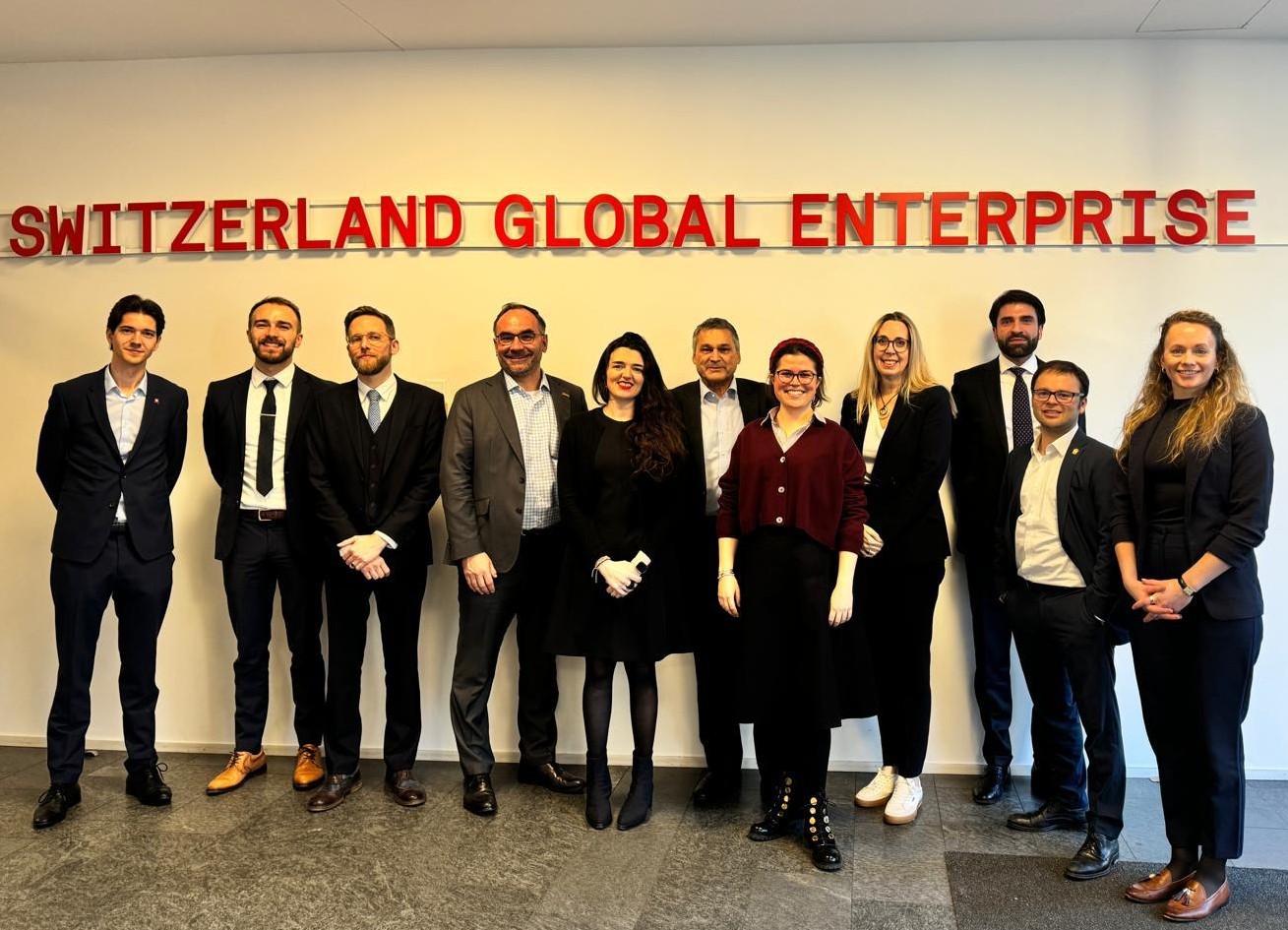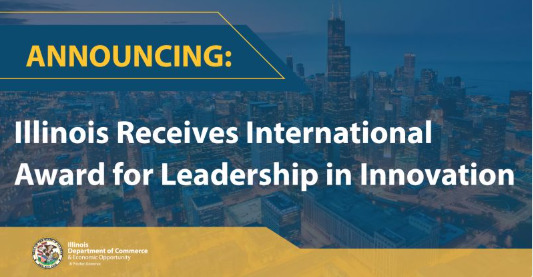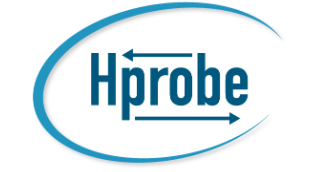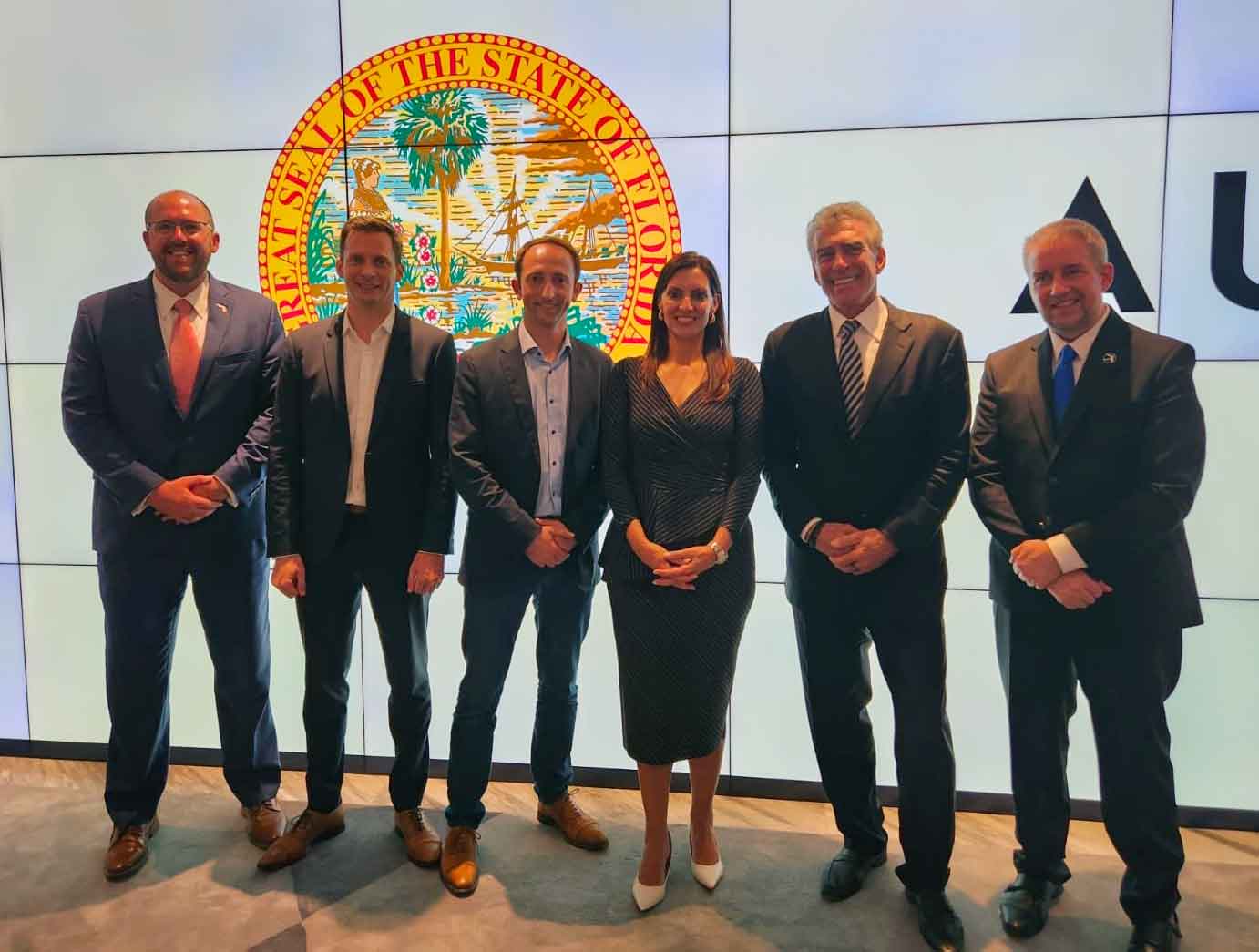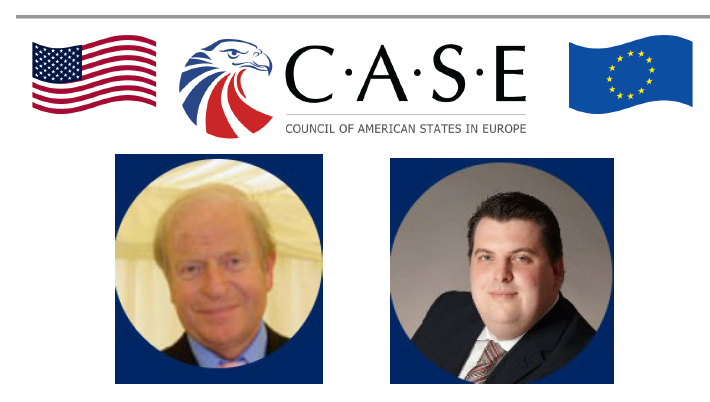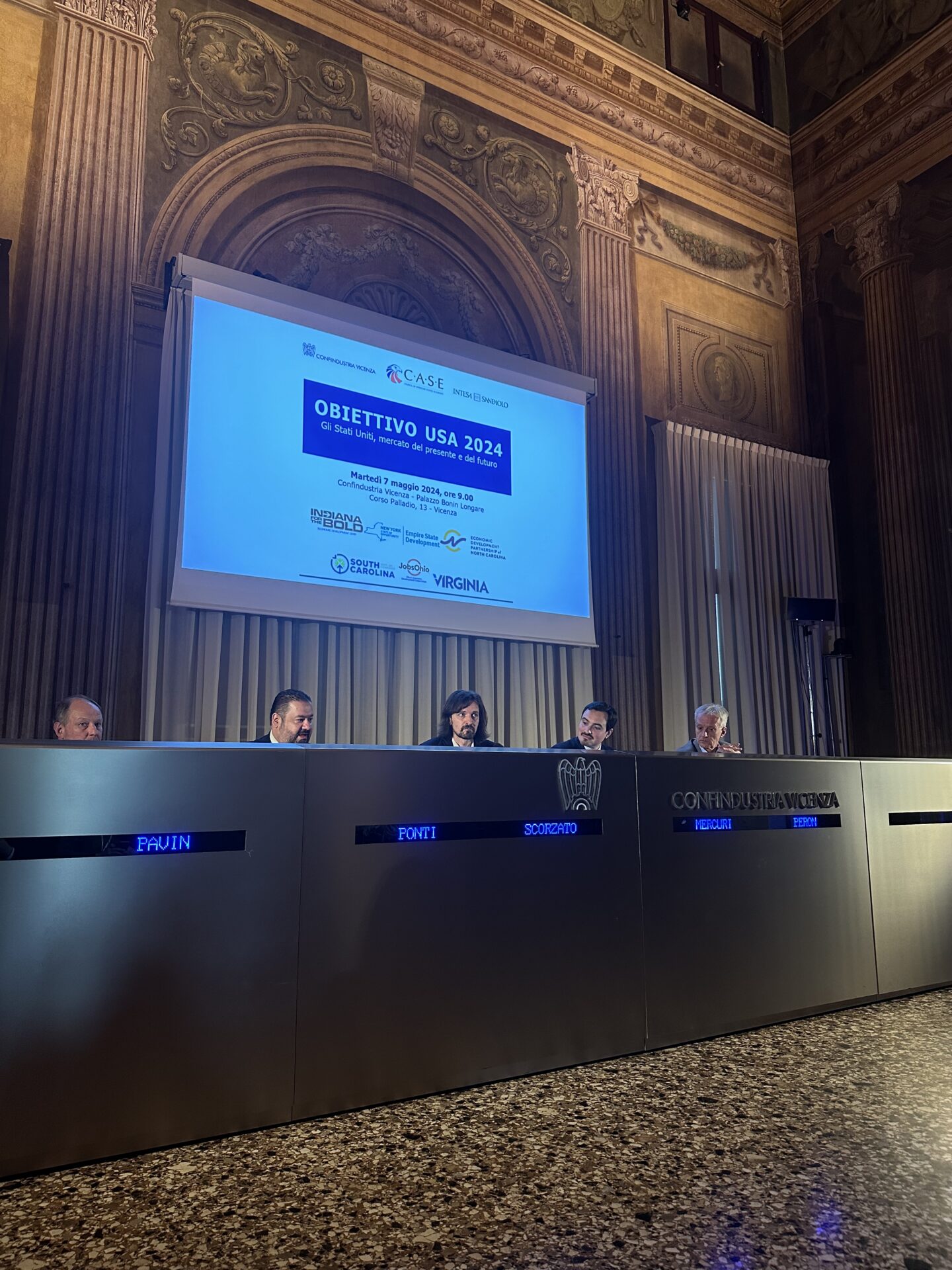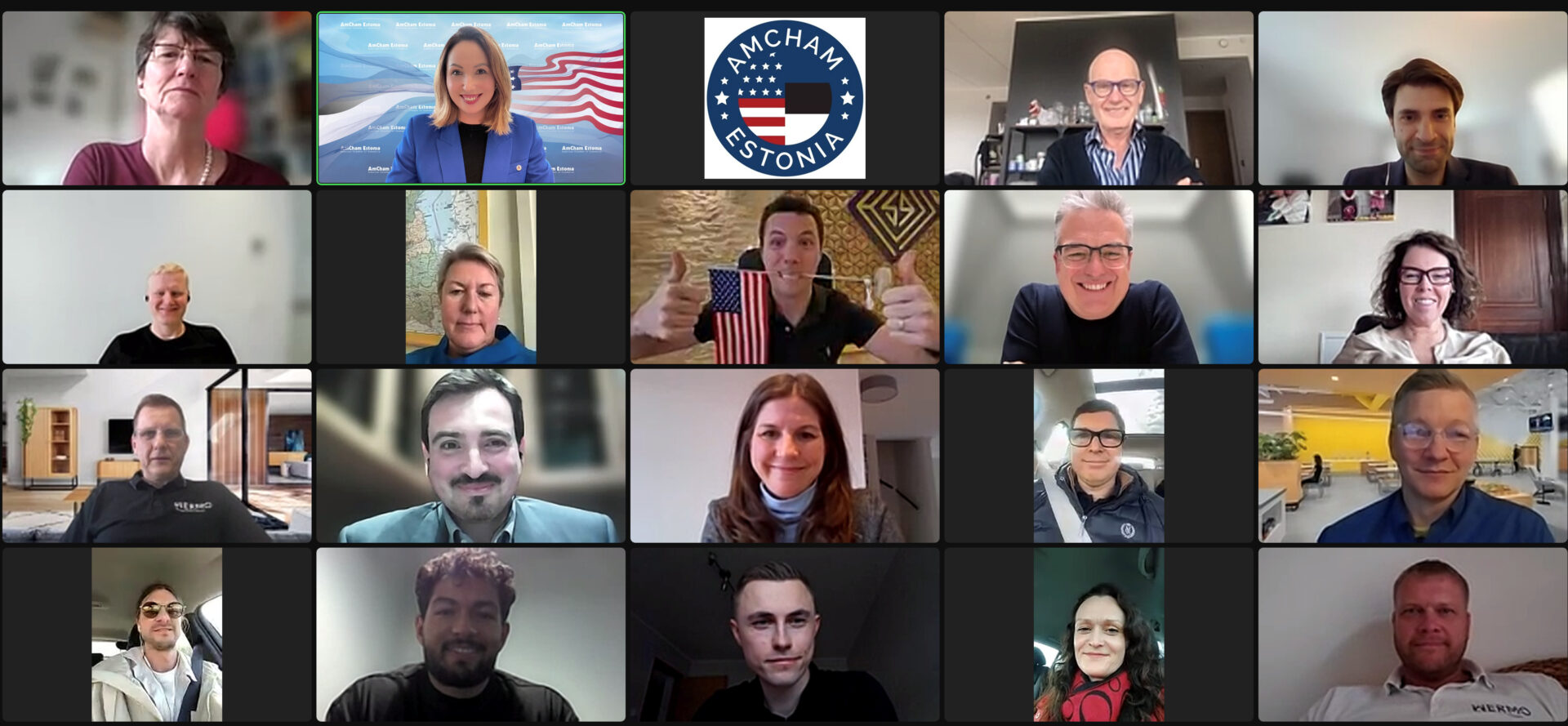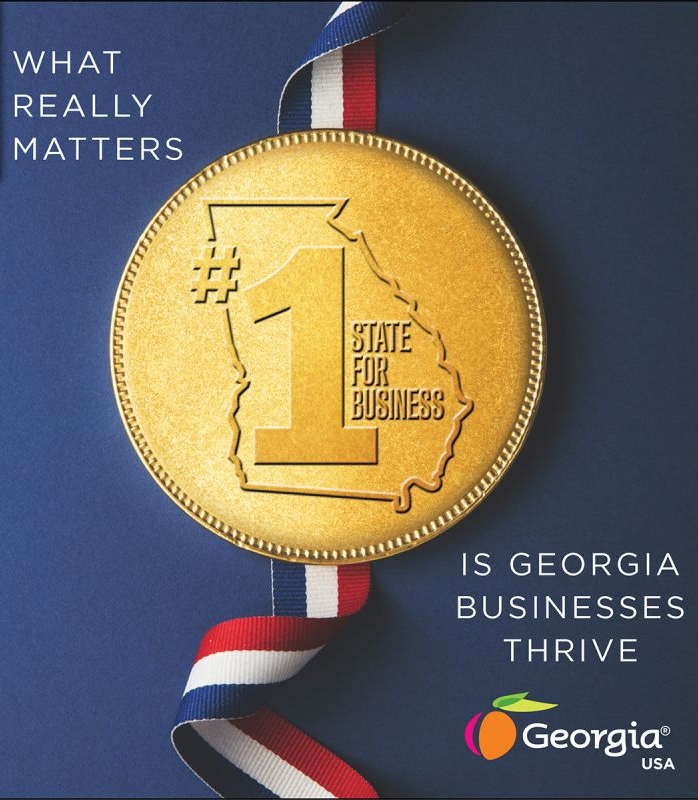A feature by our Business Partner MiS ManagementInSites
When foreign companies land in the United States, attention skews toward the visible hurdles: headcount, payroll, inventory, HR compliance. Marketing, the very discipline that puts your brand on the map, often gets lumped in as a “nice-to-have” overhead line.
Tight budgets force tough calls—everyone gets that. Yet treating marketing as optional is like installing a factory’s production line and forgetting to connect the power: the equipment is there, nothing moves. Seen in the right light, marketing is part of your core infrastructure: it finds prospects, earns their confidence, and turns curiosity into revenue—and the data show that sidelining it is risky.
According to McKinsey’s 2025 ConsumerWise Survey, U.S. consumers now have three more hours of weekly free time than in 2019—and they spend 90 percent of it alone, online. In a market where buyers research, compare, and decide long before they call a salesperson (for both B2C and B2B businesses), marketing is not a cost center; it’s the bridge between you and your customer.
The Expanding Scope of “Marketing”
Marketing turns an unknown foreign subsidiary into a supplier U.S. buyers trust. A well-executed strategy raises brand awareness and credibility from day one—often long before the first container even clears customs. Consider the digital reality:
- 75 percent of U.S. internet users research brands on social media.
- 68 percent of buying journeys still start with a search engine.
This makes sense. Today, marketing stretches beyond traditional print and tv ads to include:
-
Product experience – Is unboxing intuitive? Does customer support speak U.S. English and on U.S. time zones?
-
Brand purpose – Do buyers believe your company stands for more than price?
-
Digital shelf dynamics – Are you visible on marketplaces? Do Google reviews outshine competitors?
And there’s no going back. Gartner Inc. projects that over the next five years, a surge in digital touchpoints will upend traditional, rep-led selling. By 2025, 80 percent of B2B interactions between buyers and suppliers will take place through digital channels. Look at Amazon alone: their B2B revenue is already over $35 B globally and they seek to ensure B2B buying is “just as simple, fast, and intelligent as consumer shopping”. Fueling that shift: about one-third of buyers already prefer a seller-free experience—a preference that climbs to 44 percent among millennials.
The Cost of “Cost Center” Thinking
Case in point: Sears. The retailer slashed marketing and customer-experience budgets for years, banking on cost savings to offset declining sales. By 2018, it held just 0.7 percent of U.S. e-commerce traffic and filed for bankruptcy. Analysts agree: Sears “cut to the bone” and lost the brand equity needed to fight Amazon.
A similar pattern surfaced at Kraft Heinz. After its 2015 mega-merger, the company eliminated hundreds of marketing roles and 10+ agencies. Four years later, it wrote off $15 billion in brand value—proof that short-term savings can bleed long-term growth.
Keep in mind: these aren’t obscure upstarts. Sears and Kraft Heinz are as American as Fourth-of-July picnics. Generations took out their first credit card at Sears; childhood summers tasted like Kool-Aid and Heinz ketchup. Yet nostalgia doesn’t fund growth. As John Durham, CEO of Catalyst S+F and former Carat executive, put it after Kraft Heinz’s $15 billion write-off, “There are no iconic brands in 2019. You can’t rest on your laurels—because you’ll get your ass kicked.”
Building the Bridge
Whether you budget for it or not, the bridge between your brand and U.S. buyers is being built right now—by search results, social chatter, and distributor anecdotes. Research shows B2B customers complete 57–70% of their evaluation before they ever call sales, so the only real question is: Will you control the narrative or let the market write it for you?
Remember, a complex sale rarely hinges on one voice. More often six to ten stakeholders—finance, operations, procurement, compliance, IT, senior leadership—bring different priorities to the table. Content has to answer each of them before consensus forms.
Start with a simple channel triad:
- Owned: Localize your website, spec sheets, and FAQs. Fast, accurate answers signal credibility.
- Earned: Collect reviews, testimonials, and early case studies. Third-party proof closes gaps you can’t see and helps with GEO (Generative Search Optimization).
- Paid: Targeted search and LinkedIn campaigns keep you visible while organic SEO and word-of-mouth mature.
Think of every touchpoint as a plank in the bridge—skip one, and prospects simply cross to a competitor whose bridge feels sturdier.
The Bottom Line: Build the Bridge, Then Cross It
Product gets you in the game, but the journey you design—the bridge—determines who follows you across. As a CASE sponsor, Management inSites goes well beyond back-office compliance. We localize websites, shape U.S. value propositions, and run digital campaigns that place foreign manufacturers shoulder-to-shoulder with domestic leaders.
American buyers, whether for companies or for the home, do most of their research long before they speak to sales, and every hour online tightens the competitive field.
Don’t wait for a revenue stall to test marketing’s value.
Lay the bridge now—let it carry trust, visibility, and growth for years to come.
Contact Management inSites now to get started!
More Posts

Weidmüller Group Bolsters U.S. Manufacturing with $16.4m Expansion in Virginia, adding over 100 jobs


